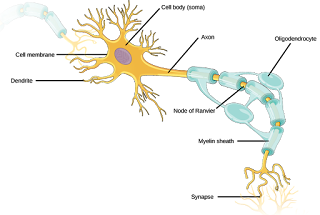How much of our genes affect our psychology?
Taking AP psychology in my senior year was beneficial as it introduced a new question to me. I guarantee that many of us have heard this comment that our behavior is like our parents. My father keeps saying that my thought process is similar to his. Thus, the question of whether or not we inherit behaviors arises? Or is it based on the environment? Many scientists believe that genetics and the environment equally influence our behavior. In a classical twin study, the influence of environment and genetics was studied. It is believed that the monozygotic 1 twins share more similarities with each other than dizygotic 2 twins. The twins participating in the study were adopted by different families and were tested for their IQ results. The IQ test results of the monozygotic twins varied by just .04 in spite of the different environmental factors. This study, therefore, suggested the important role of genetics on behavio...

